Author Center
Supervisor: China Iron and Steel Association
Sponsor: Central Research Institute of Building and Construction Co., Ltd., MCC Group, China;China Steel Construction Society,China
Editor-in-Chief: Qingrui Yue
Download:
Call for PapersMore >
Articles in latest articles have been peer-reviewed and accepted, which are not yet assigned to volumes /issues, but are citable by Digital Object Identifier (DOI).
Display Method:
Display Method:
2025, 40(10): 1-9.
doi: 10.13206/j.gjgS25051101
Abstract:
To determine the field-measured fatigue life of orthotropic steel deck (OSD) details with epoxy asphalt pavement in long-span steel bridges during in-service winter and summer seasons, this study conducted an evaluation of the fatigue life of critical OSD details (rib-to-deck, rib-to-floor beam, and cutout details) under random traffic loads based on field monitoring data. The results demonstrated that reduced deck bending stiffness in summer leads to significantly higher stress levels and a greater number of loading cycles for all details compared to the those in winter conditions. The rib-to-deck (RD) detail shows the most pronounced seasonal variation. Its fatigue life in summer is reduced to merely 38.7 years, substantially shorter than the infinite life observed in winter. Among the rib-to-floor beam (RF) welded details, RF-W exhibits the poorest fatigue performance, with a winter life of 61.5 years and a summer life of 38.1 years. Both values fail to meet the 100-year design requirement. While the RF-F detail exceeds a 100-year life in both seasons, the RF-R detail maintains an infinite fatigue life year-round. The cutout detail transitions from infinite life in winter to 65.5 years in summer. The fatigue life assessment based on field monitoring results provides valuable references for related research and offers guidance for the selection and maintenance of similar new bridge decks.
To determine the field-measured fatigue life of orthotropic steel deck (OSD) details with epoxy asphalt pavement in long-span steel bridges during in-service winter and summer seasons, this study conducted an evaluation of the fatigue life of critical OSD details (rib-to-deck, rib-to-floor beam, and cutout details) under random traffic loads based on field monitoring data. The results demonstrated that reduced deck bending stiffness in summer leads to significantly higher stress levels and a greater number of loading cycles for all details compared to the those in winter conditions. The rib-to-deck (RD) detail shows the most pronounced seasonal variation. Its fatigue life in summer is reduced to merely 38.7 years, substantially shorter than the infinite life observed in winter. Among the rib-to-floor beam (RF) welded details, RF-W exhibits the poorest fatigue performance, with a winter life of 61.5 years and a summer life of 38.1 years. Both values fail to meet the 100-year design requirement. While the RF-F detail exceeds a 100-year life in both seasons, the RF-R detail maintains an infinite fatigue life year-round. The cutout detail transitions from infinite life in winter to 65.5 years in summer. The fatigue life assessment based on field monitoring results provides valuable references for related research and offers guidance for the selection and maintenance of similar new bridge decks.
2025, 40(10): 10-21.
doi: 10.13206/j.gjgS24111903
Abstract:
In order to study the reasonable construction t echnology and mechanical properties of arch-tie beam joints, a new construction form of concrete-filled steel tubular circular arch beam-inclined column-tie beam joint was proposed based on the structural joint of the Shenzhen Museum. Static loading tests and finite element simulations were conducted on a 1∶3 scale model of the joint to verify its reliability. The testing program included two conditions: one with prestressed bars installed and one with them removed. The test results showed that the region of highest stress was located at the junction between the tie beam and the circular arch beam. The yielding area of the tie beam was more extensive in the case without the prestressed bars. Upon reaching the design load, the joint essentially remained in an elastic state, meeting the design requirements. Under both loading conditions, when the load reached 1.66 times the design load, extensive local areas of the steel components reached the yield strain, yet no obvious damage was observed, indicating a substantial safety reserve. The installation of the prestressed high-strength bars reduced the axial elongation of the tie beam by 48%. The finite element simulation results indicated that the junction of the circular arch beam and the tie beam was subjected to a complex stress state with high concentrations, making it the critical region governing the joint's bearing capacity. The joint reached its ultimate bearing capacity when the web of the tie beam and the steel tube of the circular arch beam yielded over a large area. Compared to the case with prestressed bars, the case without them exhibited a 6.4% increase in the relative vertical displacement at yield and a 12.4% reduction in stiffness. When the peak bearing capacity was reached, both the steel plates and the concrete in the core of the joint remained in an elastic state, ensuring reliable load transfer.
In order to study the reasonable construction t echnology and mechanical properties of arch-tie beam joints, a new construction form of concrete-filled steel tubular circular arch beam-inclined column-tie beam joint was proposed based on the structural joint of the Shenzhen Museum. Static loading tests and finite element simulations were conducted on a 1∶3 scale model of the joint to verify its reliability. The testing program included two conditions: one with prestressed bars installed and one with them removed. The test results showed that the region of highest stress was located at the junction between the tie beam and the circular arch beam. The yielding area of the tie beam was more extensive in the case without the prestressed bars. Upon reaching the design load, the joint essentially remained in an elastic state, meeting the design requirements. Under both loading conditions, when the load reached 1.66 times the design load, extensive local areas of the steel components reached the yield strain, yet no obvious damage was observed, indicating a substantial safety reserve. The installation of the prestressed high-strength bars reduced the axial elongation of the tie beam by 48%. The finite element simulation results indicated that the junction of the circular arch beam and the tie beam was subjected to a complex stress state with high concentrations, making it the critical region governing the joint's bearing capacity. The joint reached its ultimate bearing capacity when the web of the tie beam and the steel tube of the circular arch beam yielded over a large area. Compared to the case with prestressed bars, the case without them exhibited a 6.4% increase in the relative vertical displacement at yield and a 12.4% reduction in stiffness. When the peak bearing capacity was reached, both the steel plates and the concrete in the core of the joint remained in an elastic state, ensuring reliable load transfer.
2025, 40(10): 22-33.
doi: 10.13206/j.gjgS25091801
Abstract:
Wind resistance performance and safety reliability are key research focuses for metal roofs in regions prone to strong typhoons. Steel plate roofs offer high wind-uplift resistance, economic efficiency, and environmental sustainability, but research on their wind resistance remains relatively limited compared to that on aluminum-magnesium-manganese and stainless steel roofs. This paper takes the long-span roof project of Shenzhen Ice and Snow World as a case study. Based on the wind force transmission mechanisms of the steel roof and the photovoltaic (PV) system, it elaborates on the testing and development process of key load-bearing components such as enhanced PV modules, reinforced wind-resistant clips, and enhanced mounting bases. Through wind uplift tests on both the steel roof system and the PV system, this study investigates the load-stress and load-displacement curves of the steel roof, collects and analyzes experimental data and failure modes, and quantifies the contribution levels of influencing factors to the wind resistance capacity of the aforementioned structural elements.
Wind resistance performance and safety reliability are key research focuses for metal roofs in regions prone to strong typhoons. Steel plate roofs offer high wind-uplift resistance, economic efficiency, and environmental sustainability, but research on their wind resistance remains relatively limited compared to that on aluminum-magnesium-manganese and stainless steel roofs. This paper takes the long-span roof project of Shenzhen Ice and Snow World as a case study. Based on the wind force transmission mechanisms of the steel roof and the photovoltaic (PV) system, it elaborates on the testing and development process of key load-bearing components such as enhanced PV modules, reinforced wind-resistant clips, and enhanced mounting bases. Through wind uplift tests on both the steel roof system and the PV system, this study investigates the load-stress and load-displacement curves of the steel roof, collects and analyzes experimental data and failure modes, and quantifies the contribution levels of influencing factors to the wind resistance capacity of the aforementioned structural elements.
2025, 40(10): 34-39.
doi: 10.13206/j.gjgS24120901
Abstract:
Scaffolding, which provides temporary platforms for workers, has become an integral part of modern construction. However, frequent accidents caused by the collapse of scaffolding due to the repeated use of its poles, which seriously endangers the personal safety of workers. In practice, the bending geometric imperfections in scaffolding upright poles are random. It has been found that under the influence of such random geometric imperfections, the arrangement of scissor braces significantly has a great impact on the bearing capacity of the scaffold. Therefore, this paper established a refined finite element model of the scaffold with scissor braces based on the stochastic finite element analysis method through the ANSYS finite element software, and studied the influence of varying the number of vertical scissor braces on the load factor and buckling mode of the scaffold. The research showed that the load factor of the scaffold was determined by its buckling mode. The span of the scissor braces was proportional to the bearing capacity of the scaffold. Specifically, the bearing capacity increased by 165.2% in the scaffold without lateral constraints, and by 146.9% in that with lateral constraints. Furthermore, the positioning of the scissor braces also influenced the bearing capacity of the scaffold. For the same number of diagonal braces, differences in the intersection positions along the x and y directions led to varying effects. In the scaffold with lateral constraints, arranging braces every 6 spans resulted in a higher buckling coefficient, while in the scaffold without lateral constraints, arranging them every 8 spans was more effective. This arrangement also affected the number of load factor domains.
Scaffolding, which provides temporary platforms for workers, has become an integral part of modern construction. However, frequent accidents caused by the collapse of scaffolding due to the repeated use of its poles, which seriously endangers the personal safety of workers. In practice, the bending geometric imperfections in scaffolding upright poles are random. It has been found that under the influence of such random geometric imperfections, the arrangement of scissor braces significantly has a great impact on the bearing capacity of the scaffold. Therefore, this paper established a refined finite element model of the scaffold with scissor braces based on the stochastic finite element analysis method through the ANSYS finite element software, and studied the influence of varying the number of vertical scissor braces on the load factor and buckling mode of the scaffold. The research showed that the load factor of the scaffold was determined by its buckling mode. The span of the scissor braces was proportional to the bearing capacity of the scaffold. Specifically, the bearing capacity increased by 165.2% in the scaffold without lateral constraints, and by 146.9% in that with lateral constraints. Furthermore, the positioning of the scissor braces also influenced the bearing capacity of the scaffold. For the same number of diagonal braces, differences in the intersection positions along the x and y directions led to varying effects. In the scaffold with lateral constraints, arranging braces every 6 spans resulted in a higher buckling coefficient, while in the scaffold without lateral constraints, arranging them every 8 spans was more effective. This arrangement also affected the number of load factor domains.
2025, 40(10): 40-49.
doi: 10.13206/j.gjgS25012101
Abstract:
A significant safety incident occurred during the installation of a two-sided supported regular quadrangular pyramid-shaped grid truss in a project, resulting in multiple fatalities and injuries. To investigate the cause of the grid truss fall and reduce the recurrence of similar long-span spatial steel structure accidents, the methodology of “hypothesized causes-theoretical analysis-model verification” was adopted. Firstly, through on-site investigations and in conjunction with project design documents, construction sequence, and structural analysis, the following three hypotheses regarding the cause of the grid truss collapse were proposed: 1) during the high-altitude piece-by-piece assembly process, the self-weight and construction load of the cantilevered extension section of the grid structure were imposed on the completed edge strip, causing the completed edge strip to be overloaded; 2) the upper chord of the grid truss was not connected to the steel column, and both the top and bottom of the steel column were hinged, invalidating the portal frame system and rendering the overall structure unstable; 3) the effective connection between the end joints of the upper chord was not established, and the vertical load was transmitted through the smaller vertical web rod, deviating from the construction drawing of the grid truss. Secondly, to validate the above hypotheses, a finite element model for the construction simulation of the grids truss was established using the spatial steel structure analysis software 3D3S. The boundary conditions, construction steps, and actual circumstances of the model were identical. The analysis of the vertical deformation and axial force variations of the support column during the construction process of the grid truss was carried out. The results indicated that the construction scheme altered the load transfer path of the grid truss, and the axial force on the support column during the construction process far exceeded its stable bearing capacity, causing the column to buckle under compression and lose its supporting capacity, which resulted in the overall collapse of the grid truss. Finally, based on the tragic lessons learned from the accident and considering the complexity of forming spatial structures, the necessity of conducting construction simulation analysis was emphasized. It was pointed out that such analysis, which constitutes a virtual construction process, can replicate the sequential installation of components, the evolution of support constraints, and the order of load application. This process not only helps identify defects and risks in the construction scheme but also reveals deviations in the internal forces and deformations of components, which are caused by the construction sequence and differ from those in a monolithically formed structure. These insights allow structural engineers to collaborate with construction designers, compare results, and determine whether the deviations are acceptable, thereby ensuring the safety and rationality of the construction scheme.
A significant safety incident occurred during the installation of a two-sided supported regular quadrangular pyramid-shaped grid truss in a project, resulting in multiple fatalities and injuries. To investigate the cause of the grid truss fall and reduce the recurrence of similar long-span spatial steel structure accidents, the methodology of “hypothesized causes-theoretical analysis-model verification” was adopted. Firstly, through on-site investigations and in conjunction with project design documents, construction sequence, and structural analysis, the following three hypotheses regarding the cause of the grid truss collapse were proposed: 1) during the high-altitude piece-by-piece assembly process, the self-weight and construction load of the cantilevered extension section of the grid structure were imposed on the completed edge strip, causing the completed edge strip to be overloaded; 2) the upper chord of the grid truss was not connected to the steel column, and both the top and bottom of the steel column were hinged, invalidating the portal frame system and rendering the overall structure unstable; 3) the effective connection between the end joints of the upper chord was not established, and the vertical load was transmitted through the smaller vertical web rod, deviating from the construction drawing of the grid truss. Secondly, to validate the above hypotheses, a finite element model for the construction simulation of the grids truss was established using the spatial steel structure analysis software 3D3S. The boundary conditions, construction steps, and actual circumstances of the model were identical. The analysis of the vertical deformation and axial force variations of the support column during the construction process of the grid truss was carried out. The results indicated that the construction scheme altered the load transfer path of the grid truss, and the axial force on the support column during the construction process far exceeded its stable bearing capacity, causing the column to buckle under compression and lose its supporting capacity, which resulted in the overall collapse of the grid truss. Finally, based on the tragic lessons learned from the accident and considering the complexity of forming spatial structures, the necessity of conducting construction simulation analysis was emphasized. It was pointed out that such analysis, which constitutes a virtual construction process, can replicate the sequential installation of components, the evolution of support constraints, and the order of load application. This process not only helps identify defects and risks in the construction scheme but also reveals deviations in the internal forces and deformations of components, which are caused by the construction sequence and differ from those in a monolithically formed structure. These insights allow structural engineers to collaborate with construction designers, compare results, and determine whether the deviations are acceptable, thereby ensuring the safety and rationality of the construction scheme.
2025, 40(10): 50-55.
doi: 10.13206/j.gjgS24110401
Abstract:
With the increasing scale of municipal bridge construction today, and in order to minimize the impact on adjacent buildings while making full use of limited space, prestressed long-span bridges are becoming more and more common. The friction between the prestressed steel tendons and the concrete bridge leads to prestress loss, which significantly affects the mechanical properties of the bridge. Due to the complex arrangement of the prestressed steel tendons within the concrete bridge and the highly nonlinear characteristics of the contact between the tendons and the concrete, it is usually necessary to establish a refined model with contact units to simulate the contact behavior between the concrete beam and the steel tendons. This often leads to challenges in achieving computational convergence and results in prolonged simulation time. In order to investigate the influence of friction on the tensile force of prestressed steel tendons during the tensioning process, this paper proposes a simplified model for the tensioning construction of prestressed concrete beams that accounts for friction effects. The simplified model simulates the friction behavior between the steel tendons and the concrete beam by a nonlinear spring element. The simulation analysis program is mainly composed of equivalent friction elements and iterative algorithm. By simply defining the nodal coordinates and friction coefficient, the accurate friction force can be automatically determined through iteration. The calculation results demonstrate that the proposed simplified model achieves high accuracy and effectively avoids non-convergence issues.
With the increasing scale of municipal bridge construction today, and in order to minimize the impact on adjacent buildings while making full use of limited space, prestressed long-span bridges are becoming more and more common. The friction between the prestressed steel tendons and the concrete bridge leads to prestress loss, which significantly affects the mechanical properties of the bridge. Due to the complex arrangement of the prestressed steel tendons within the concrete bridge and the highly nonlinear characteristics of the contact between the tendons and the concrete, it is usually necessary to establish a refined model with contact units to simulate the contact behavior between the concrete beam and the steel tendons. This often leads to challenges in achieving computational convergence and results in prolonged simulation time. In order to investigate the influence of friction on the tensile force of prestressed steel tendons during the tensioning process, this paper proposes a simplified model for the tensioning construction of prestressed concrete beams that accounts for friction effects. The simplified model simulates the friction behavior between the steel tendons and the concrete beam by a nonlinear spring element. The simulation analysis program is mainly composed of equivalent friction elements and iterative algorithm. By simply defining the nodal coordinates and friction coefficient, the accurate friction force can be automatically determined through iteration. The calculation results demonstrate that the proposed simplified model achieves high accuracy and effectively avoids non-convergence issues.
2025, 40(10): 56-64.
doi: 10.13206/j.gjgS24092001
Abstract:
Spatial special-shaped grid structures have been widely used in long-span structural roofs due to their advantages, such as light self-weight and excellent spatial performance. However, these advantages also imposes higher demands on structural design and construction. A disconnect between the design and construction phases often results in a final build quality that fails to meet the original design intent. In order to address this issue, this paper proposes an integrated design-construction method, using the spatial special-shaped grid roof of the Central Hall at Xi’an Xianyang International Airport as a case study. In the design stage, digital tools were employed to coordinate the relationships between structure and building, as well as those between structure and construction. During the construction stage, numerical simulation was used to analyze the structural behavior. Throughout the project, requirements were considered in advance, and a unified structural model was integrated in the design and construction. This method aims to break the situation of design and construction “working separately” in the traditional mode. By integrating these processes, it ensures structural safety and quality, thereby demonstrating the value of synergy and efficiency.
Spatial special-shaped grid structures have been widely used in long-span structural roofs due to their advantages, such as light self-weight and excellent spatial performance. However, these advantages also imposes higher demands on structural design and construction. A disconnect between the design and construction phases often results in a final build quality that fails to meet the original design intent. In order to address this issue, this paper proposes an integrated design-construction method, using the spatial special-shaped grid roof of the Central Hall at Xi’an Xianyang International Airport as a case study. In the design stage, digital tools were employed to coordinate the relationships between structure and building, as well as those between structure and construction. During the construction stage, numerical simulation was used to analyze the structural behavior. Throughout the project, requirements were considered in advance, and a unified structural model was integrated in the design and construction. This method aims to break the situation of design and construction “working separately” in the traditional mode. By integrating these processes, it ensures structural safety and quality, thereby demonstrating the value of synergy and efficiency.
2025, 40(10): 65-68.
doi: 10.13206/j.gjgS24071125
Abstract:
This study analyzes the local buckling of the webs and the distortional buckling of the cross-section in cold-formed rack columns. The web has a rolling groove, and its effects include: the release of the Poisson effect; a larger developed width which weakens the transverse bending stiffness; and the groove acting as a one-sided stiffenerfor the web, whose bending stiffness requires specific consideration in calculation, as the stress on the groove is part of the plate stress. The total potential for buckling analysis was formulated considering these effects. The energy method was used to obtain the local buckling stress of the grooved web, enabling the determination of the local buckling capacity and the classification of the sections. Distortional buckling occurs usually for the flange of the rack column, the flange is rotationally restrained by the web, the newly derived buckling stress for the web, together with the developed width, are used to determine the rotational restraint, leading to more rational approach for distortional analysis of the rack column, examples reveals that the proposed method has smaller buckling stresses, 5.6%-10.9% smaller than neglecting the effect of the groove.
This study analyzes the local buckling of the webs and the distortional buckling of the cross-section in cold-formed rack columns. The web has a rolling groove, and its effects include: the release of the Poisson effect; a larger developed width which weakens the transverse bending stiffness; and the groove acting as a one-sided stiffenerfor the web, whose bending stiffness requires specific consideration in calculation, as the stress on the groove is part of the plate stress. The total potential for buckling analysis was formulated considering these effects. The energy method was used to obtain the local buckling stress of the grooved web, enabling the determination of the local buckling capacity and the classification of the sections. Distortional buckling occurs usually for the flange of the rack column, the flange is rotationally restrained by the web, the newly derived buckling stress for the web, together with the developed width, are used to determine the rotational restraint, leading to more rational approach for distortional analysis of the rack column, examples reveals that the proposed method has smaller buckling stresses, 5.6%-10.9% smaller than neglecting the effect of the groove.




 Login
Login Register
Register
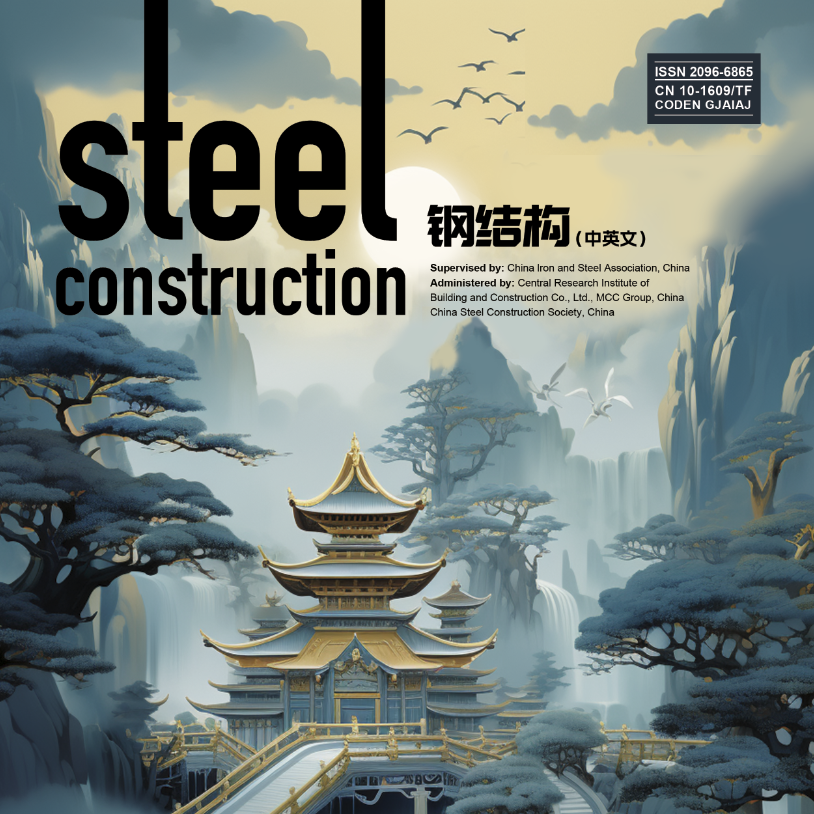
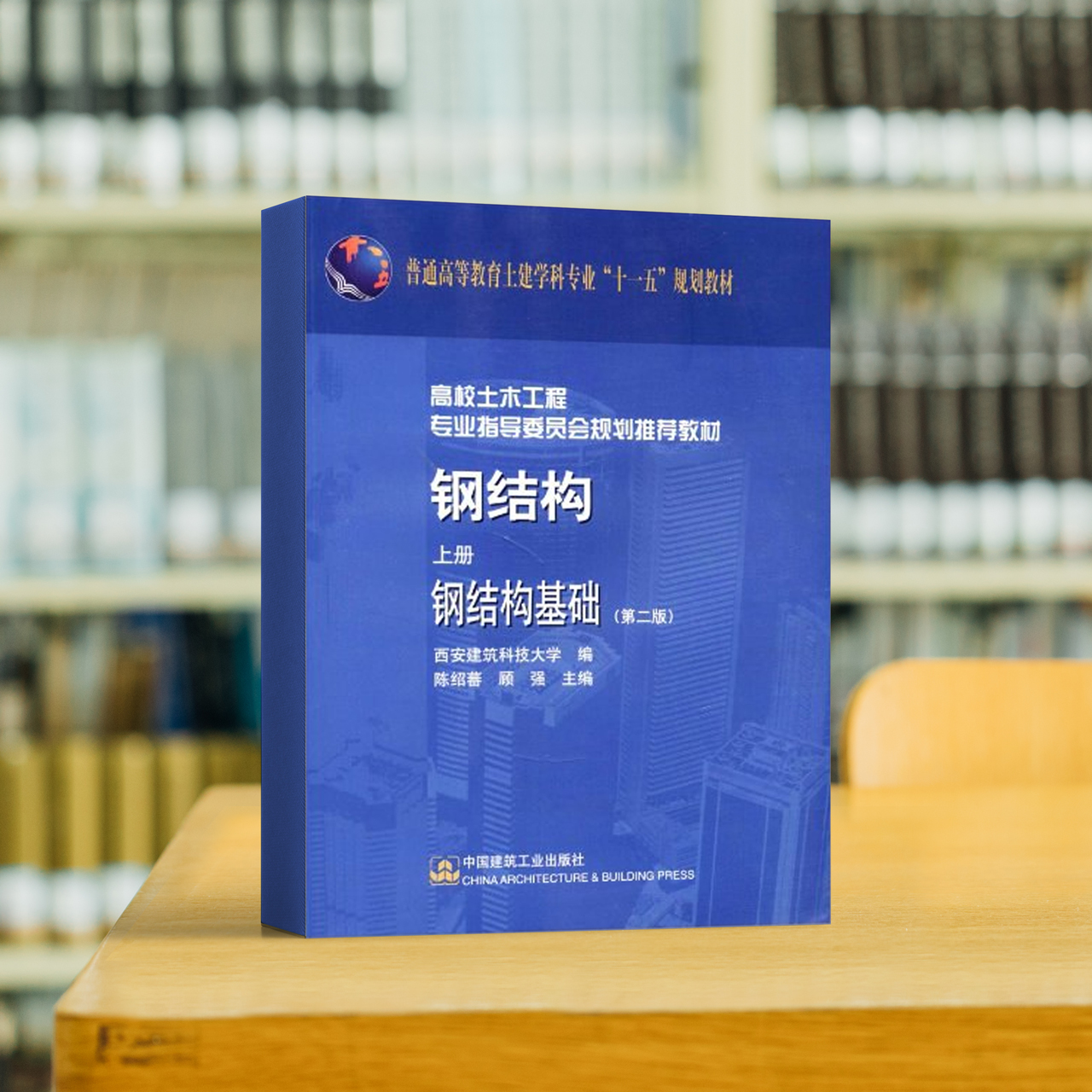
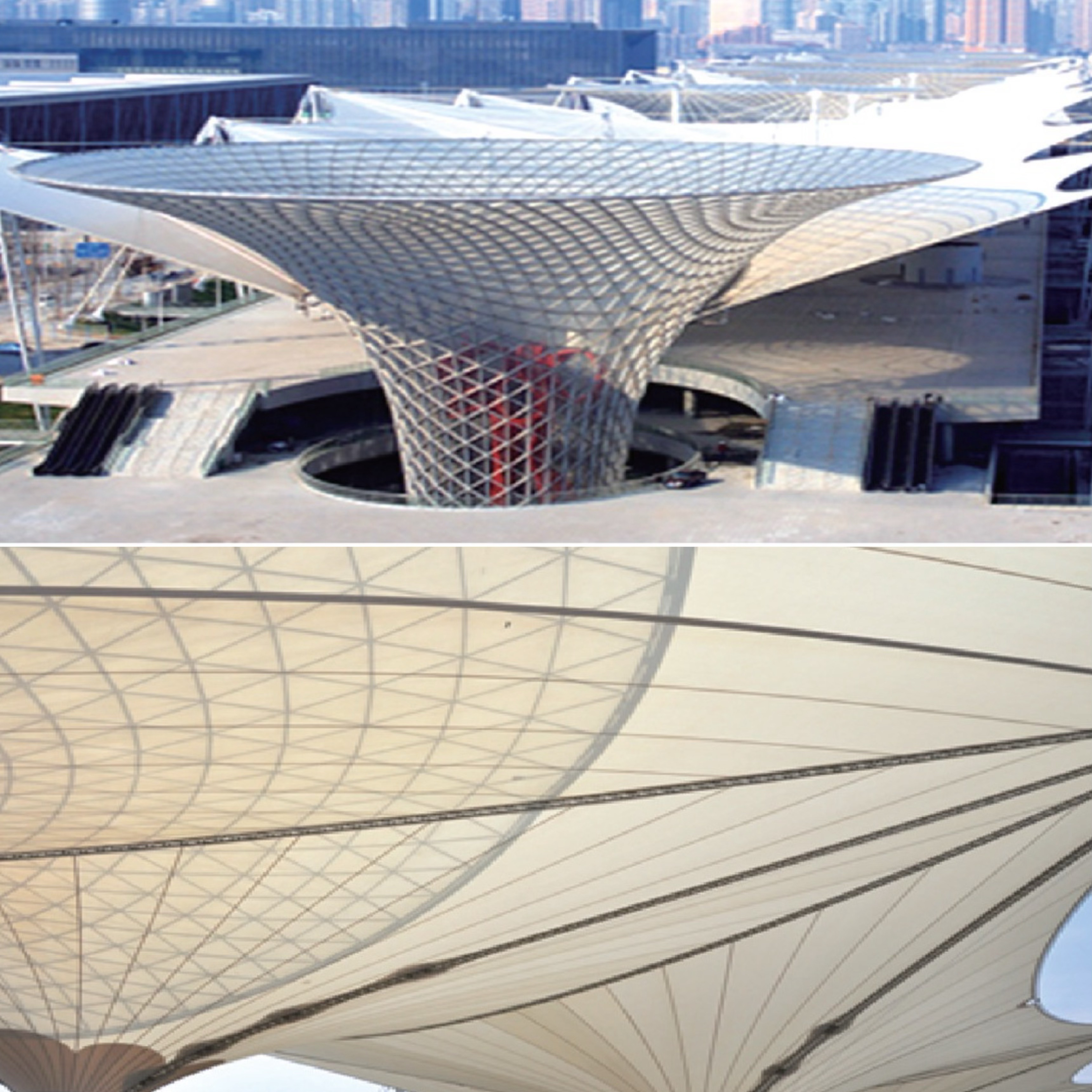




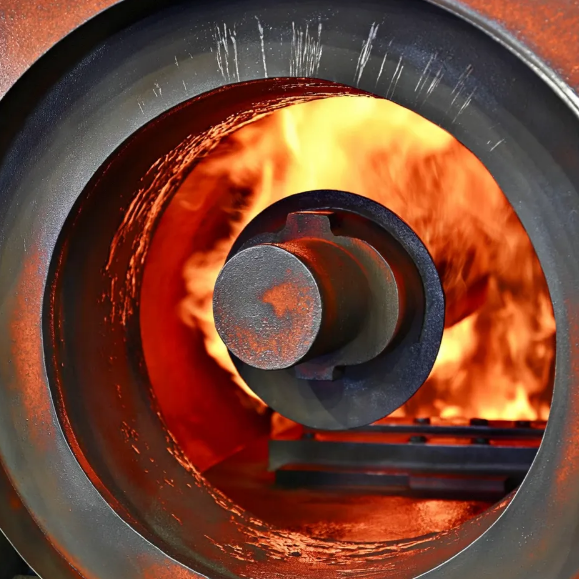
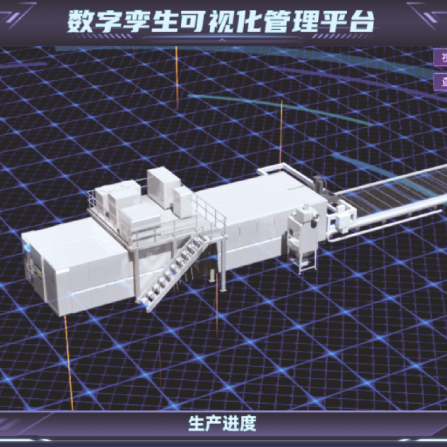

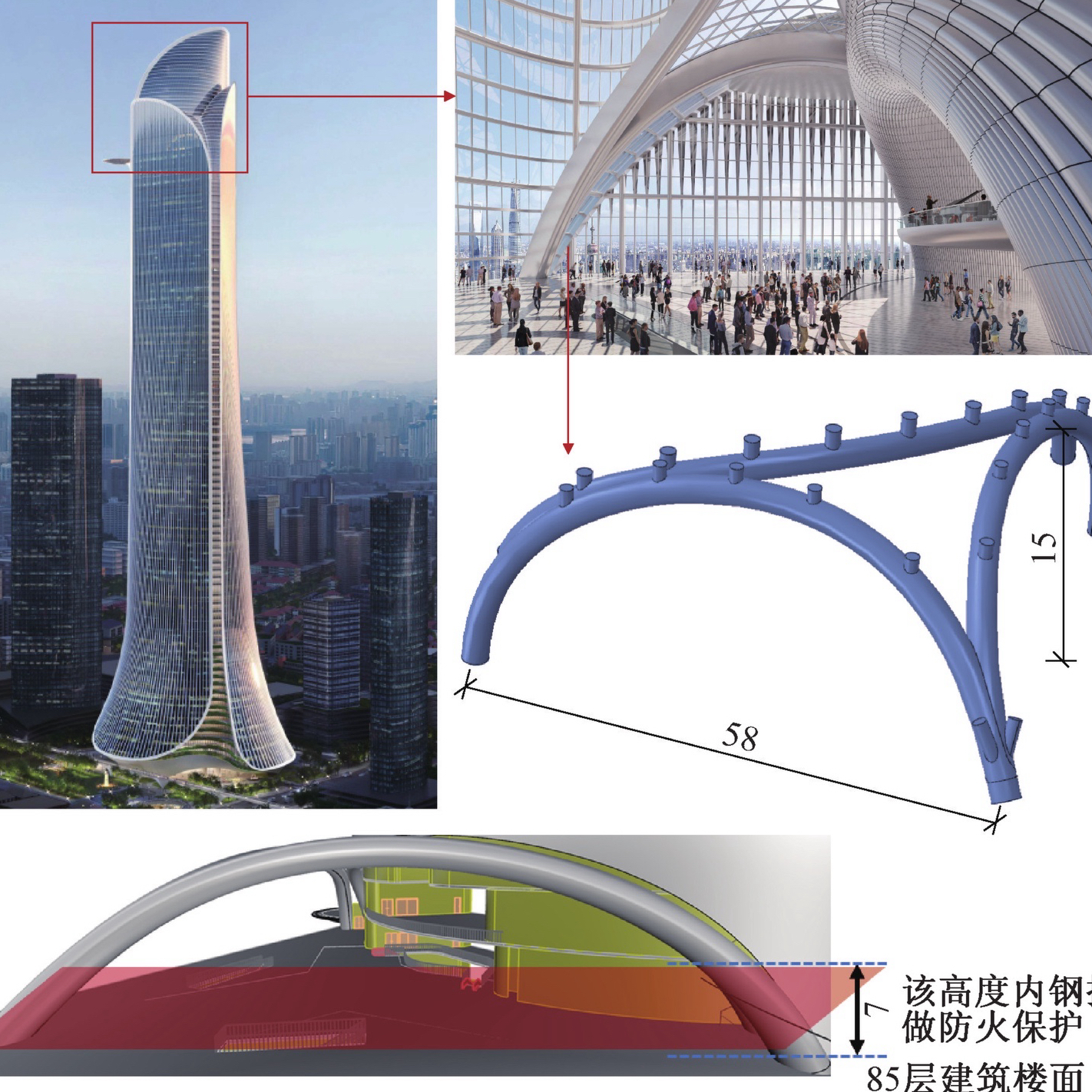



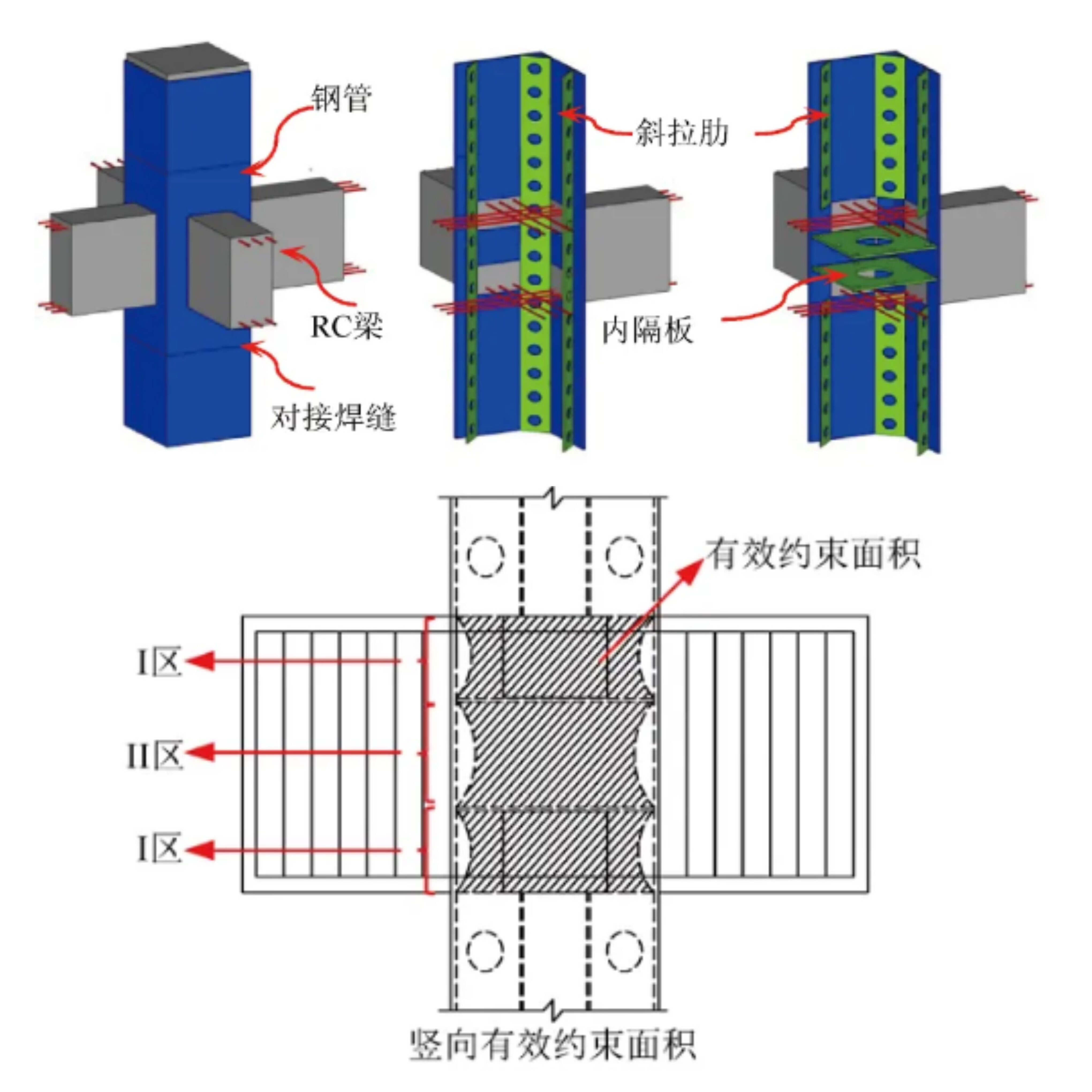

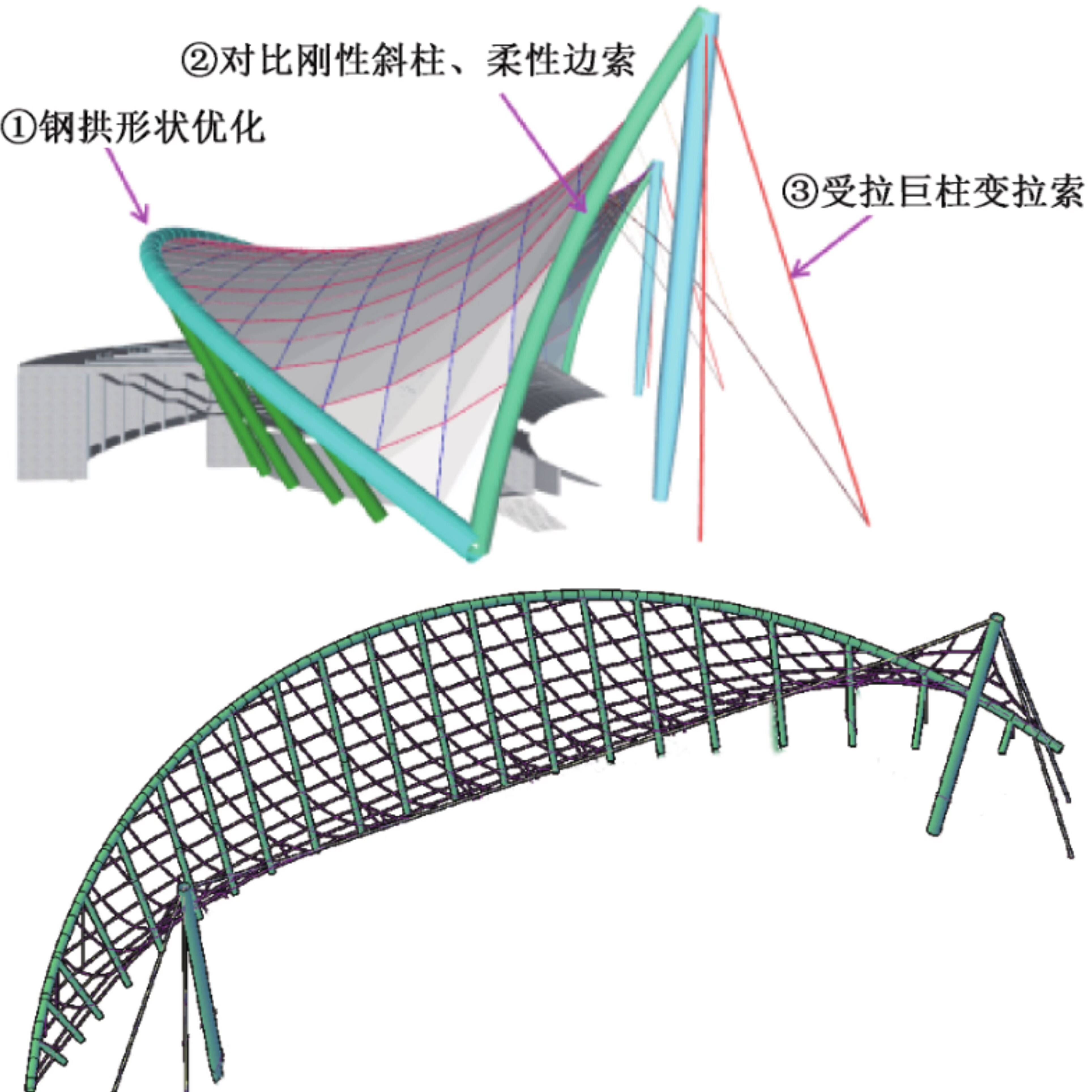

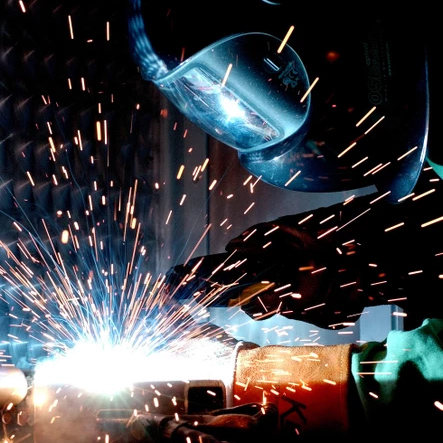



 Submit
Submit Experts Review
Experts Review Office Work
Office Work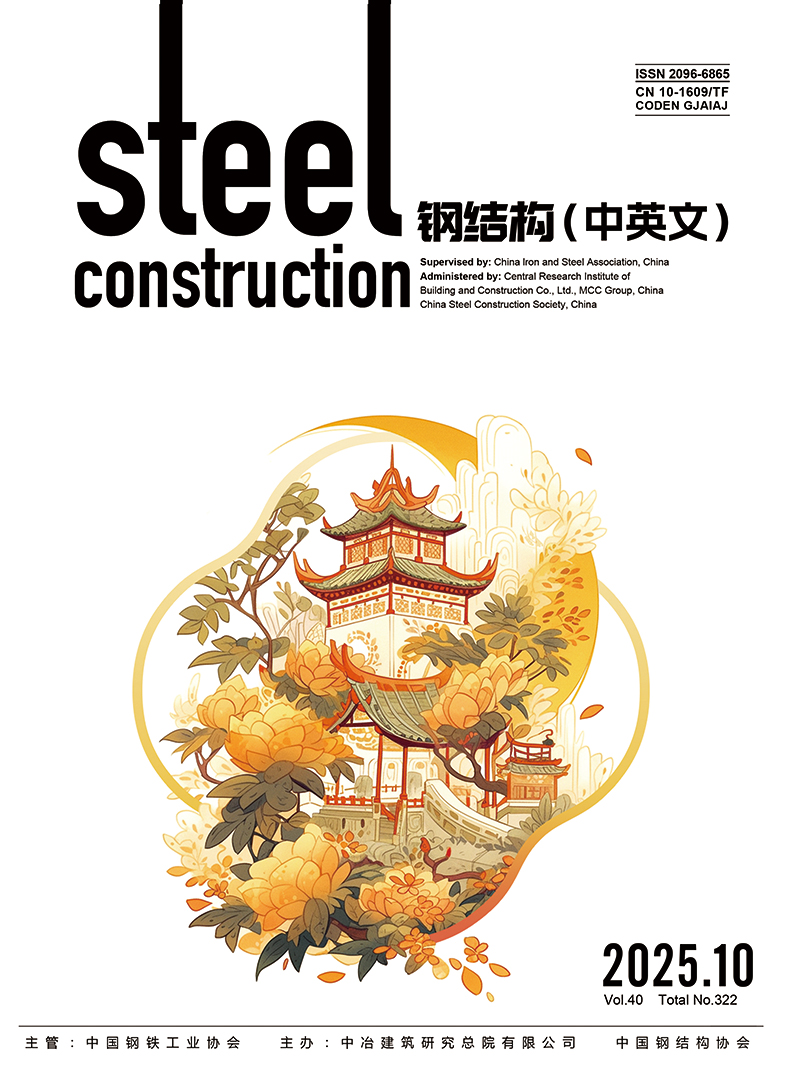
 Steel Construction Published the List of Highly Influential Articles of 2020
Steel Construction Published the List of Highly Influential Articles of 2020
 Abstract
Abstract PDF (2836KB)
PDF (2836KB)
